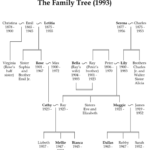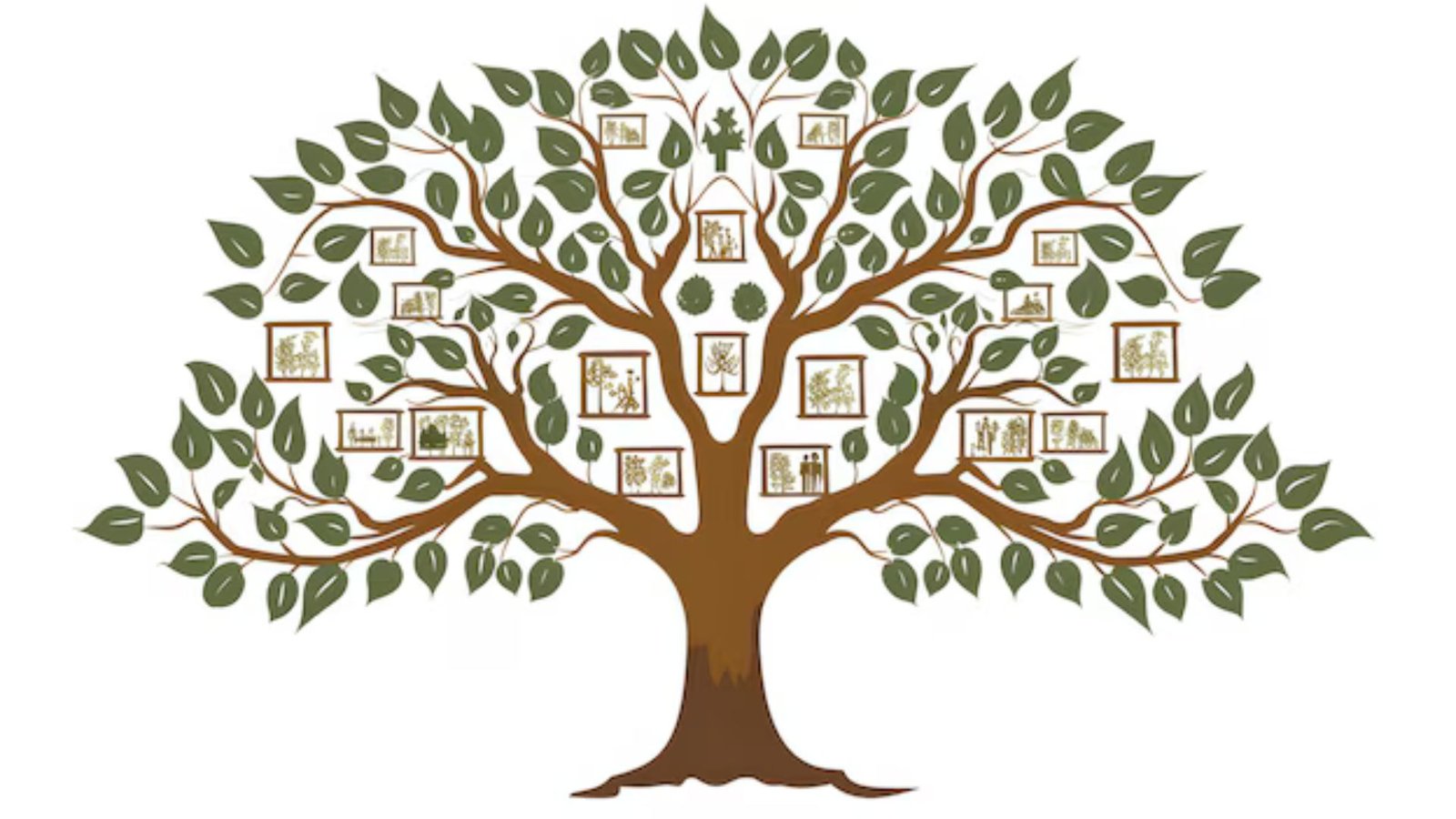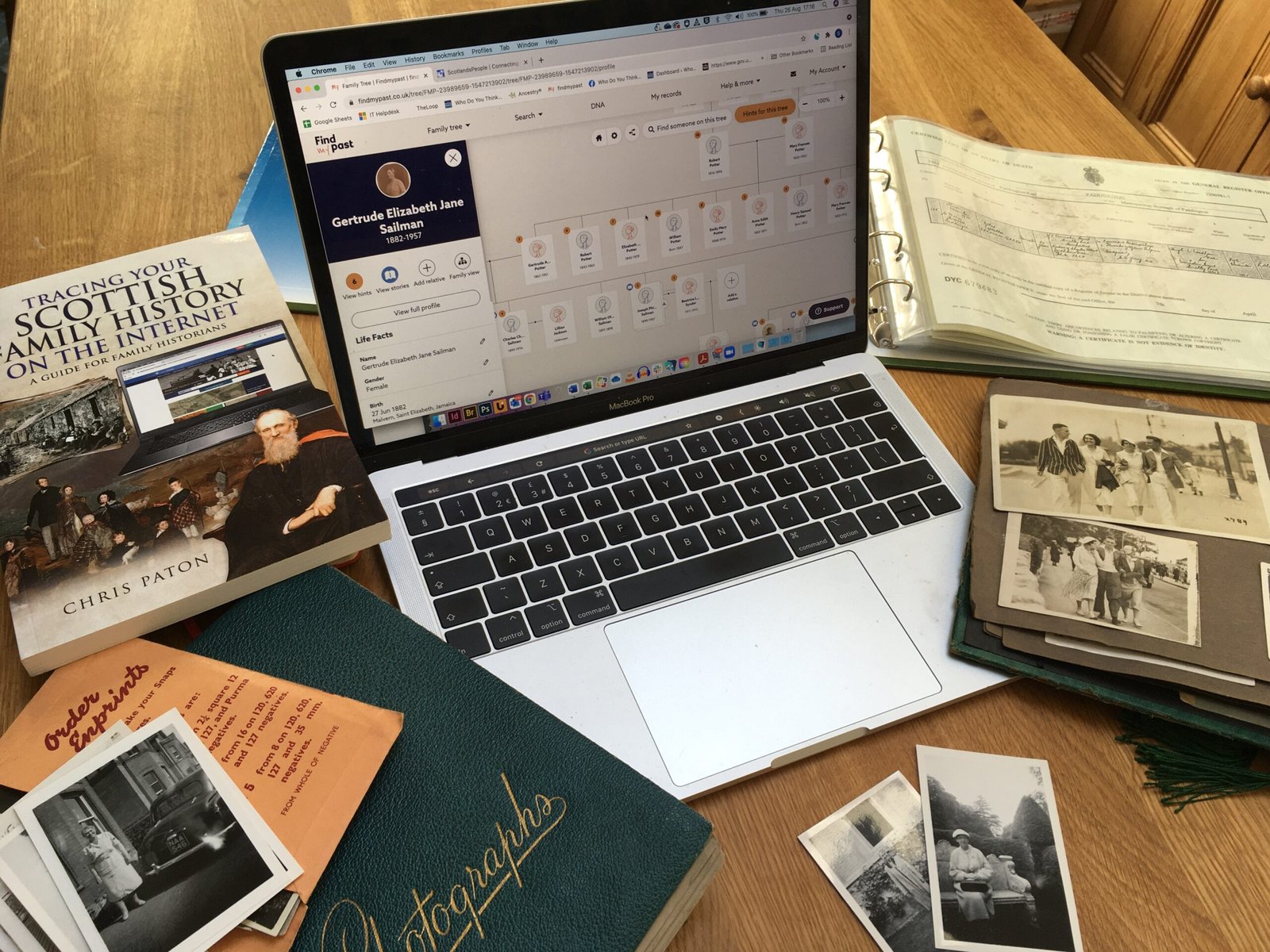If you’re curious about your family history and the origin of your surname, you may be wondering how to use DNA tests to trace family names. DNA testing has become a powerful tool in genealogy, helping people explore their family roots in ways that traditional methods can’t. In this article, we will guide you through how DNA tests can be used to trace family names and discover more about your ancestral past.
1. Understand the Basics of DNA Testing
Before diving into how to use DNA tests to trace family names, it’s important to understand what DNA testing is. DNA tests examine your genetic material to trace your ancestral lineage. There are several types of tests available, but the most commonly used for genealogy purposes are autosomal DNA tests, Y-DNA tests, and mitochondrial DNA tests.
- Autosomal DNA tests provide information about both your maternal and paternal ancestors.
- Y-DNA tests are specifically for tracing paternal lineage and are only available for men.
- Mitochondrial DNA tests trace your maternal line, passed down from mother to child.
These tests can provide clues about where your ancestors came from and, in some cases, help you trace the origins of your family name.

2. Choose a Reputable DNA Testing Company
To start learning how to use DNA tests to trace family names, you first need to choose a reputable DNA testing company. Some of the most popular DNA testing services include 23andMe, AncestryDNA, and MyHeritage DNA. These companies offer detailed results that can help you trace your ethnic origins and family history.
Once you choose a company, you will need to purchase a DNA test kit. After receiving the kit, you will provide a saliva sample, which will be analyzed by the company. The results will give you insight into your ancestral roots and can connect you with distant relatives who share similar genetic markers.
3. Compare Your DNA Results with Others
After receiving your DNA results, you can begin to understand how to use DNA tests to trace family names. One of the main benefits of DNA testing is that it allows you to connect with distant relatives. Many DNA testing companies have databases where you can see other people who share similar DNA markers. By comparing your results with these distant relatives, you may discover common ancestors or family names that link you to a specific family branch.
For example, if you find several people in the database who share your last name, you may be able to trace a common ancestor and learn more about the origin of your surname. This can help you understand your family history in more detail.
4. Combine DNA Results with Genealogical Research
While how to use DNA tests to trace family names is a great starting point, the best results come when you combine your DNA findings with traditional genealogical research. After learning about your ethnic origins and family connections, you can start researching historical records like census data, birth certificates, and marriage licenses. These records can help you learn more about the individuals who passed down your family name.
You can use the information from your DNA test to guide your genealogical search. For example, if your DNA test reveals a strong connection to a particular region, you can focus your research on that area to learn more about your ancestors who lived there.
5. Discover the Meaning of Your Family Name
Another way how to use DNA tests to trace family names is by understanding the meaning and history behind your surname. Many family names have specific meanings based on occupations, places, or personal characteristics. For example, a surname like “Smith” may indicate that your ancestors worked as blacksmiths, while “Harris” could come from a place name.
Once you have identified a region or country where your surname originated, you can dig deeper into its meaning. Websites like Behind the Name or House of Names can provide additional context and history about your family name. DNA results can provide clues about the region, and these websites can help you learn about the historical and cultural significance of your surname.
6. Join Genealogy Groups and Forums
Another way to explore how to use DNA tests to trace family names is by joining genealogy groups and forums. Many people who have taken DNA tests join online communities where they share information, research, and family connections. These groups can provide support as you research your family name and history.
In these forums, you can ask questions about specific surnames or share your own findings with others. You may even connect with people who share your surname or family lineage, further expanding your understanding of your family’s history.
7. Keep Track of Your Findings
As you explore how to use DNA tests to trace family names, it’s essential to keep track of your discoveries. Document your DNA test results, research findings, and connections with relatives in a family tree. This will help you organize the information and visualize your family history. Several websites, such as Ancestry.com and MyHeritage, offer tools to help you build a family tree, making it easier to see how your surname connects with other relatives over time.
By keeping detailed records of your family history, you will be able to piece together the puzzle of your family name and its origins.
Conclusion
In conclusion, how to use DNA tests to trace family names can be an exciting and informative process. By using DNA tests, you can learn more about your ethnic origins, connect with distant relatives, and explore the history behind your surname. When combined with traditional genealogical research, DNA testing provides a powerful way to trace your family roots. Whether you are new to genealogy or have been researching for years, DNA testing is an excellent tool to help you uncover the story behind your family name.










